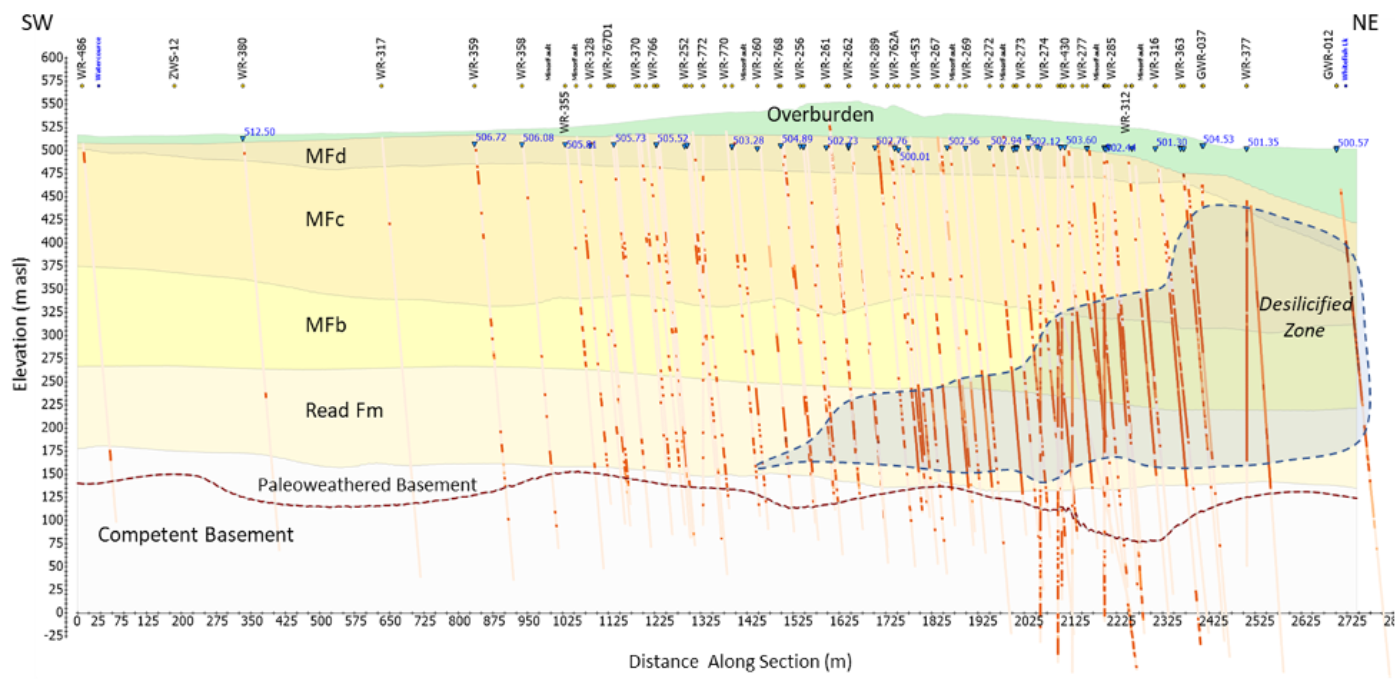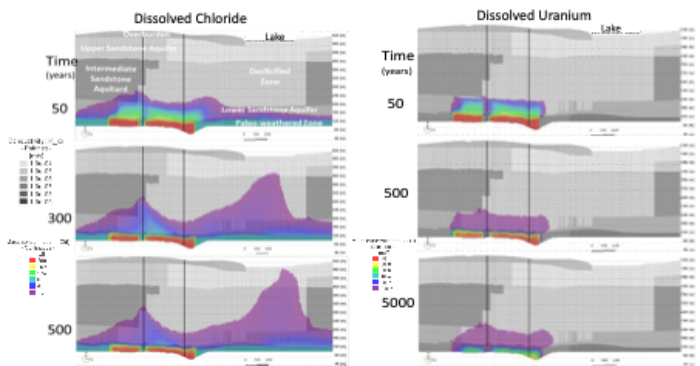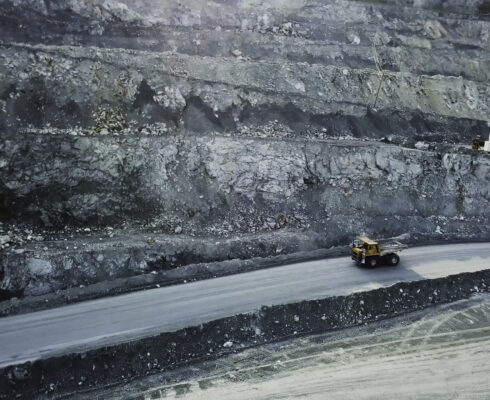Introducing the challenge
Our client has the opportunity to develop a uranium mine using in situ leaching (ISL) of the ore. This approach had never been applied in Canada, but the geology of the ore body made this the ideal approach.
Because of the in situ nature of the mining, the client needed a more robust assessment of potential changes in groundwater conditions than would be typically completed for a uranium mine. Like all nuclear related projects in Canada, the standards for assessing the human health and environmental risks associated with this project are high.
The client engaged Ecometrix to develop a 3D groundwater transport and reactive geochemical model to support the environmental assessment for submission to the Canadian Nuclear Safety Commission.
Applying our approach
The project was a three-year application of our Environmental Intelligence™ approach to projects.
The first year was spent characterizing the baseline conditions to support the client in determining their monitoring needs and installing groundwater monitoring wells. The second year saw the development of 3D groundwater flow models, and the third year incorporated reactive transport modelling and developing the environmental impact statement.
One key technical challenge was getting sufficient baseline coverage of groundwater conditions because the ore deposit was 400 metres below ground, with multiple bedrock units with different hydrogeological properties and groundwater chemistry (see Figure 1).
 Figure 1.
Figure 1.
Information collected by the client and reviewed by Ecometrix during the project's exploration phase was vital to the placement of the monitoring wells and their proper construction and sampling.
The geochemical reactive transport element of the project posed another technical challenge. Typically, a series of simplifying assumptions are applied to these types of models. Due to the range of geochemical conditions encountered now, and expected to be encountered in future following the mine’s decommissioning, along the groundwater flow path, a simplified approach could not be justified.
To overcome this challenge, Ecometrix conducted innovative 3D geochemical reactive transport simulations using the piChem module that pairs the geochemical reaction code PHREEQC to the 3D groundwater flow and solute transport model FEFLOW.
 Figure 2.
Figure 2.
The modelling results (see Figure 2) also served as the basis for helping the client understand their remediation objectives and timeframes following the in-site leaching.
Thanks to Ecometrix and a process of Environmental Intelligence, we were able to support the environmental assessment and explore a first for Canada when it comes to ISL.
Explore more Ecometrix success stories
Find out how our integrated water services shaped the re-opening of a former open pit mining operation.


